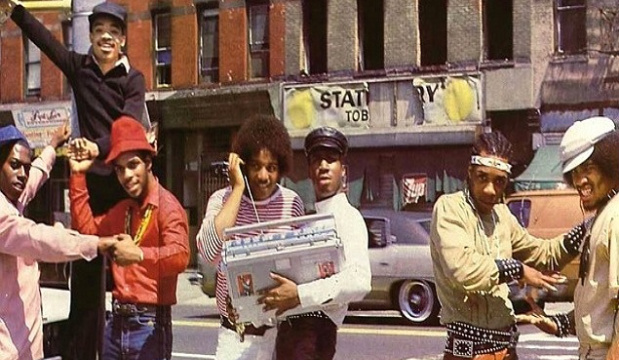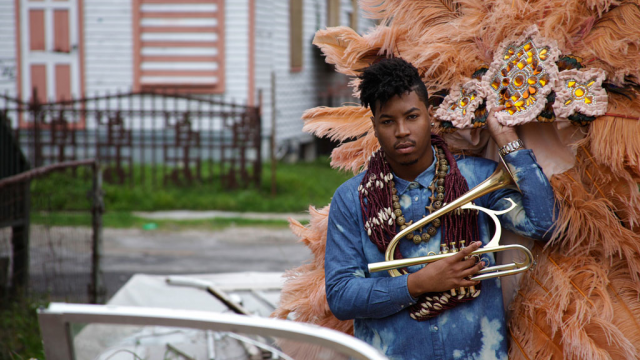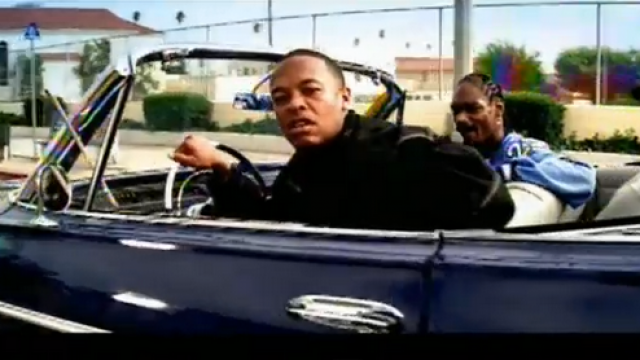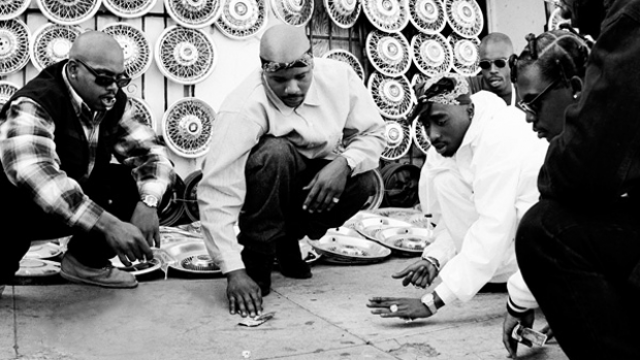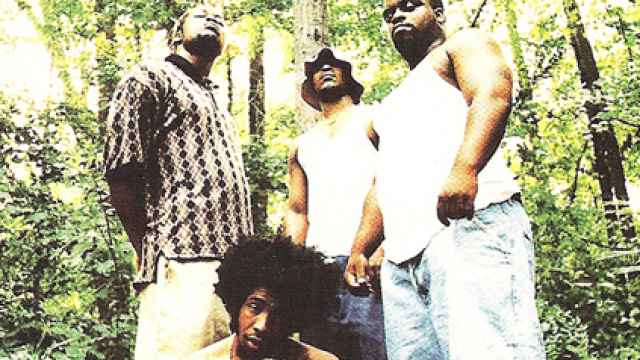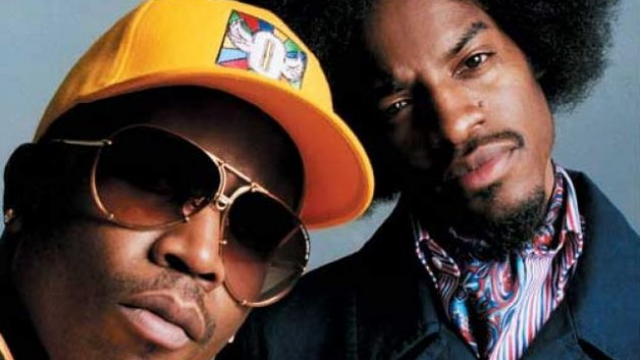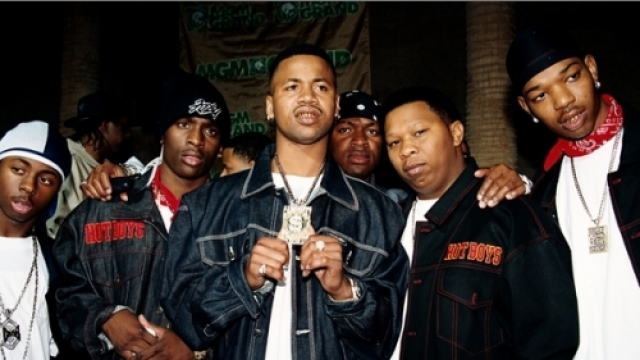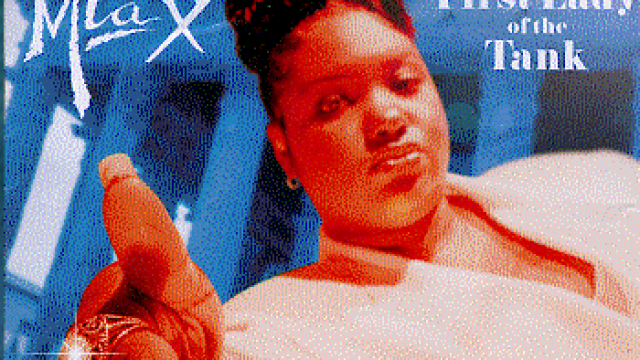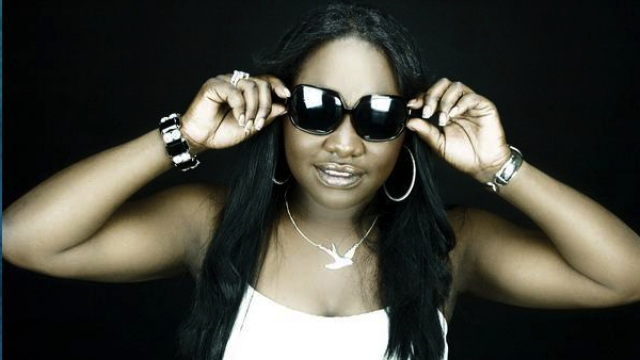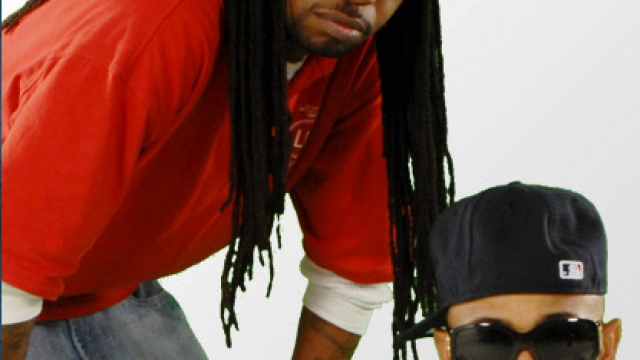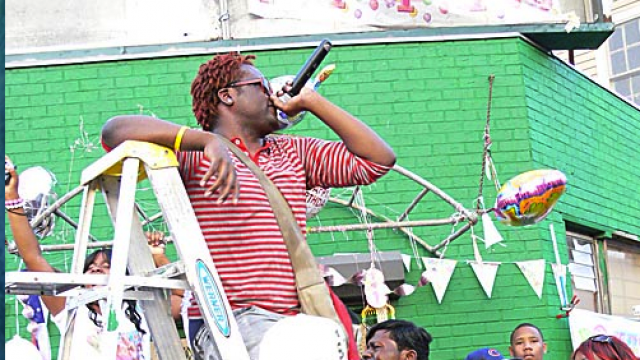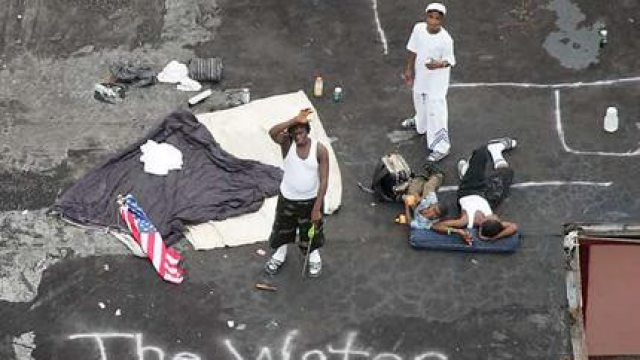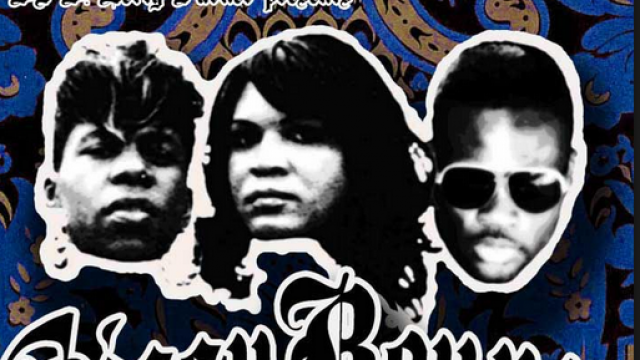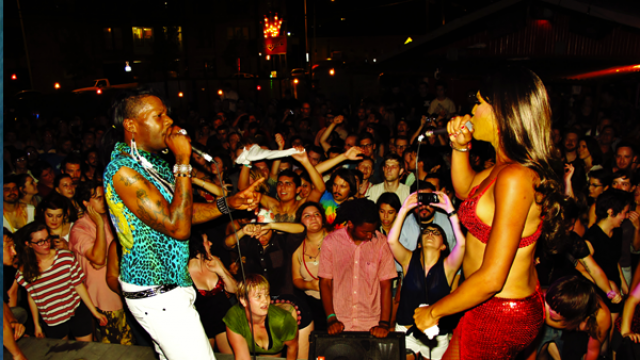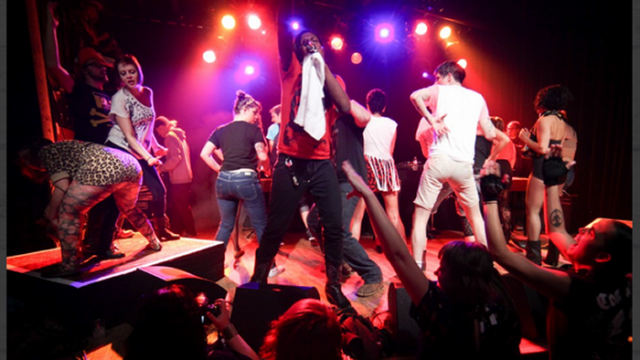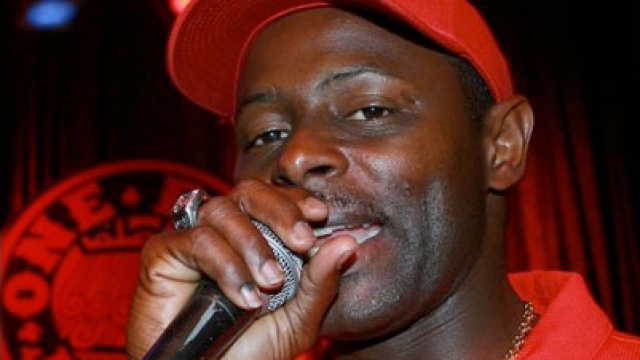New Orleans hiphop is a complex musical tradition encompassing a wide array of sites, sounds, personalities, customs, and rituals. This course is intended to teach students about the source influences of the culture’s musical components, including Afrobeats, brass, jazz, blues, and bounce; its polyrhythmic dance structures; and its signature aesthetics, which combine antiphony, chants, and call-outs and incorporate this combination in both musical and dance expressions. Students will explore how expressive elements of the culture inform larger issues of community, resource distribution, placement, and displacement that have historically distinguished New Orleans as a pivotal location within the African Diaspora. The required service-learning component of the course guides students through the design, alignment, and preparation of K-12 lesson plans that highlight key locations, personalities and events within New Orleans.
Back
- African/Caribbean Based Social and Vernacular Dance Forms | DANC 3240-01
- Autobiographies and Southern Identity
- Black Music & Performance in New Orleans | ADST 3550
- Building Community through the Arts | DANC 4900
- Ethnography of Performance and Identity In New Orleans and French Louisiana | ANTH 3395/6395
- French and Creole In Louisiana | FREN 4110/6110
- Gender, Archives, and Musical Culture | GESS 4500
- History of Jazz | MUSC 3340
- Hollywood South | COMM 4810
- Jazz, Blues, and Literature | ENLS 4010
- Languages of Louisiana | ANTH 4930
- Literary New Orleans | ENLS 4030
- New Orleans and Senegal in the Atlantic World | HISU 3100-01
- New Orleans Hip Hop | ADST 1550
- New Orleans Music | MUSC 1900
- The Creation of Jazz in New Orleans | HISU 4694-01
- The Latin Tinge: Jazz and Latin American Music in New Orleans and Beyond | MUSC 3360
- Urban Geography: New Orleans Case Study | AHST3131

